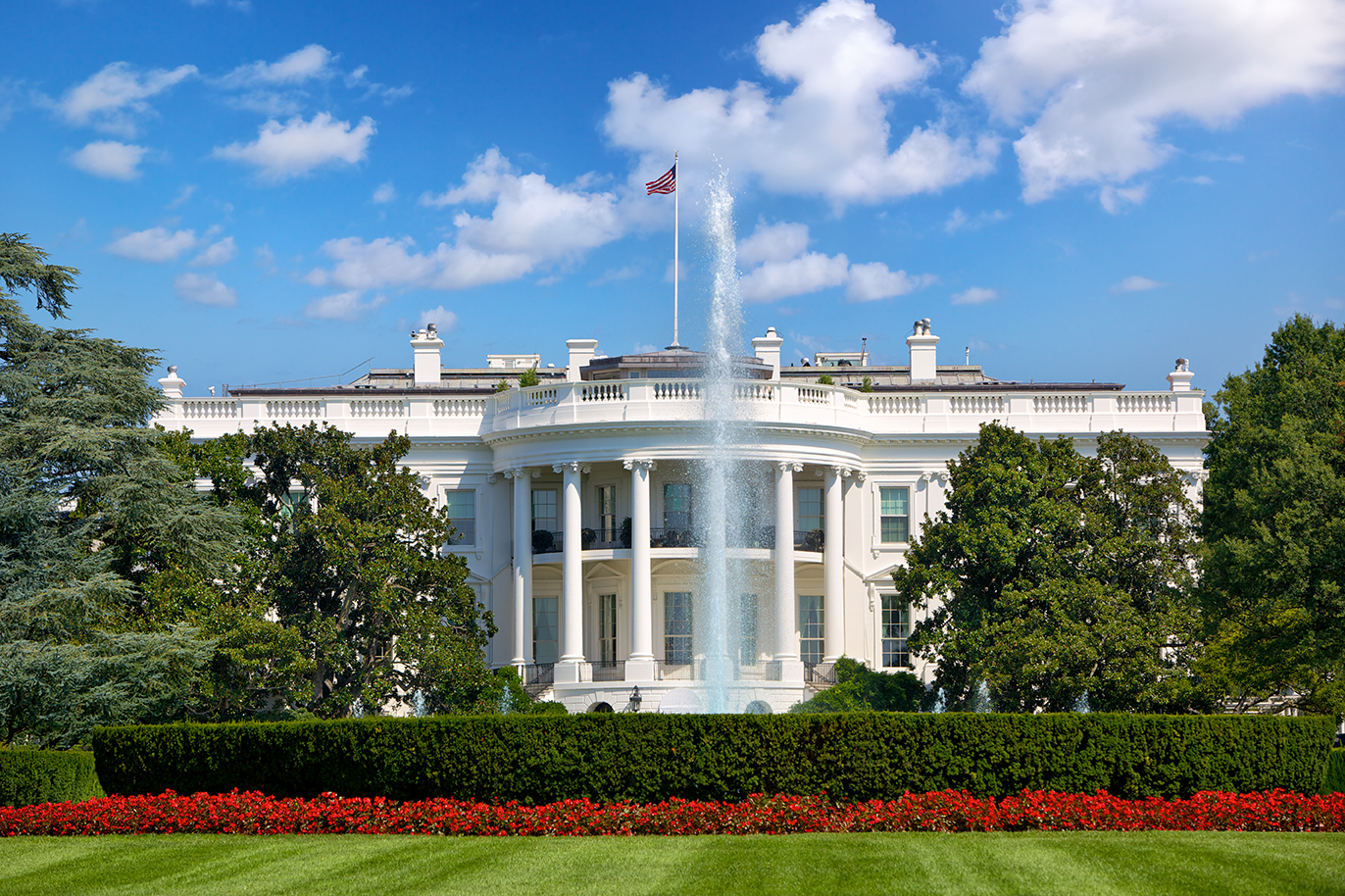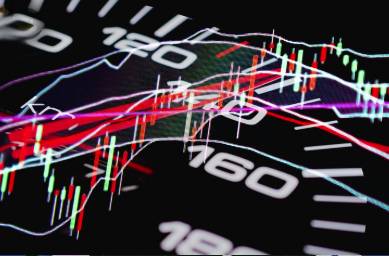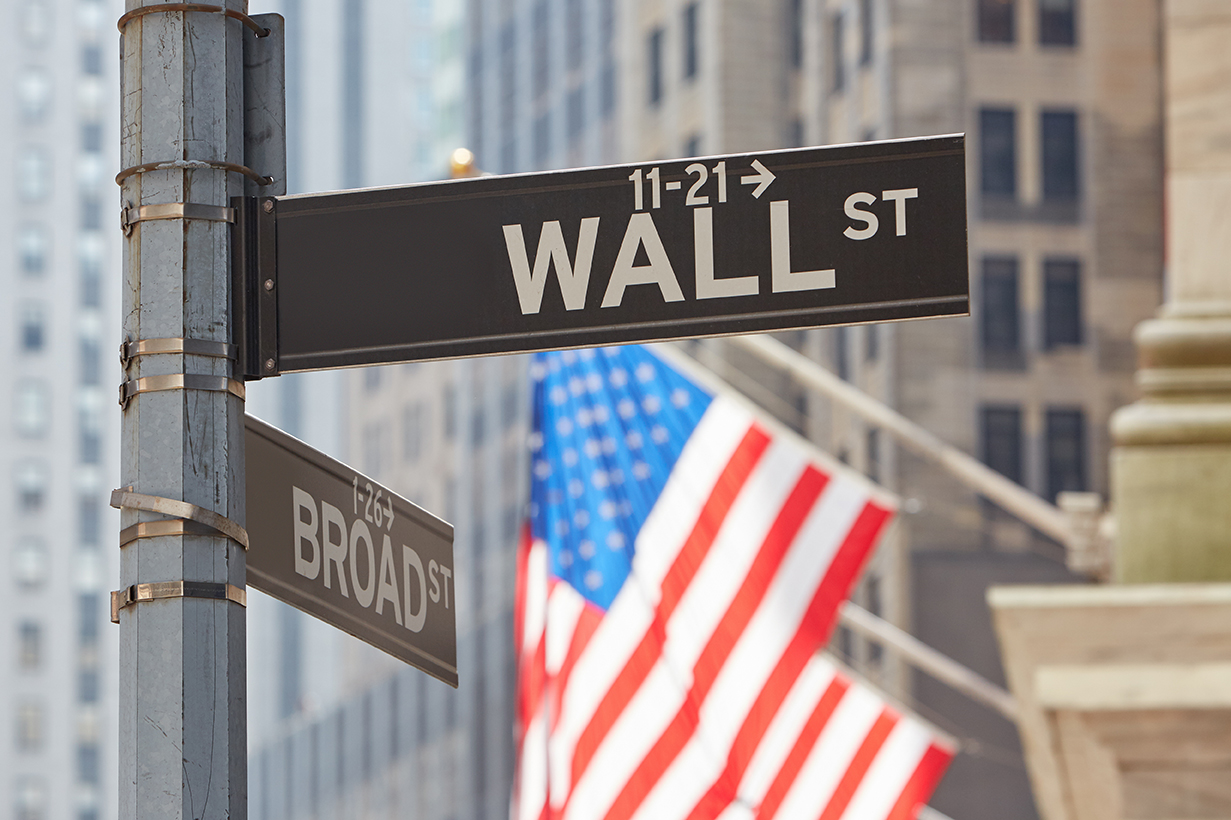Given that consumer spending slowed more than anticipated in January and price pressures remained sticky, new statistics may indicate a growing conflict between the US Federal Reserve’s twin inflation and employment targets.
Traders continued to place bets that the Fed will lower interest rates by a quarter of a percentage point during this year’s June and September meetings, but analysts pointed out that the situation appeared to have grown more complicated and would force policymakers to make a tough choice in the coming weeks.
It “presents a dilemma for the Fed…if you mix them together, that equals stagflation,” according to Peter Cardillo, chief market economist at Spartan Capital Securities in New York, who noted that signs of slowing GDP and inflation that is still above the Fed’s 2% target. “There is a lot of anxiety for the Fed currently.”
Stagflation is the term used to describe the combination of high inflation and poor growth that may require policymakers to decide between tightening monetary policy to guarantee that inflation returns to target or reducing rates further, at the margin, to promote economic growth and jobs.
This week, policymakers started to raise that prospect.



